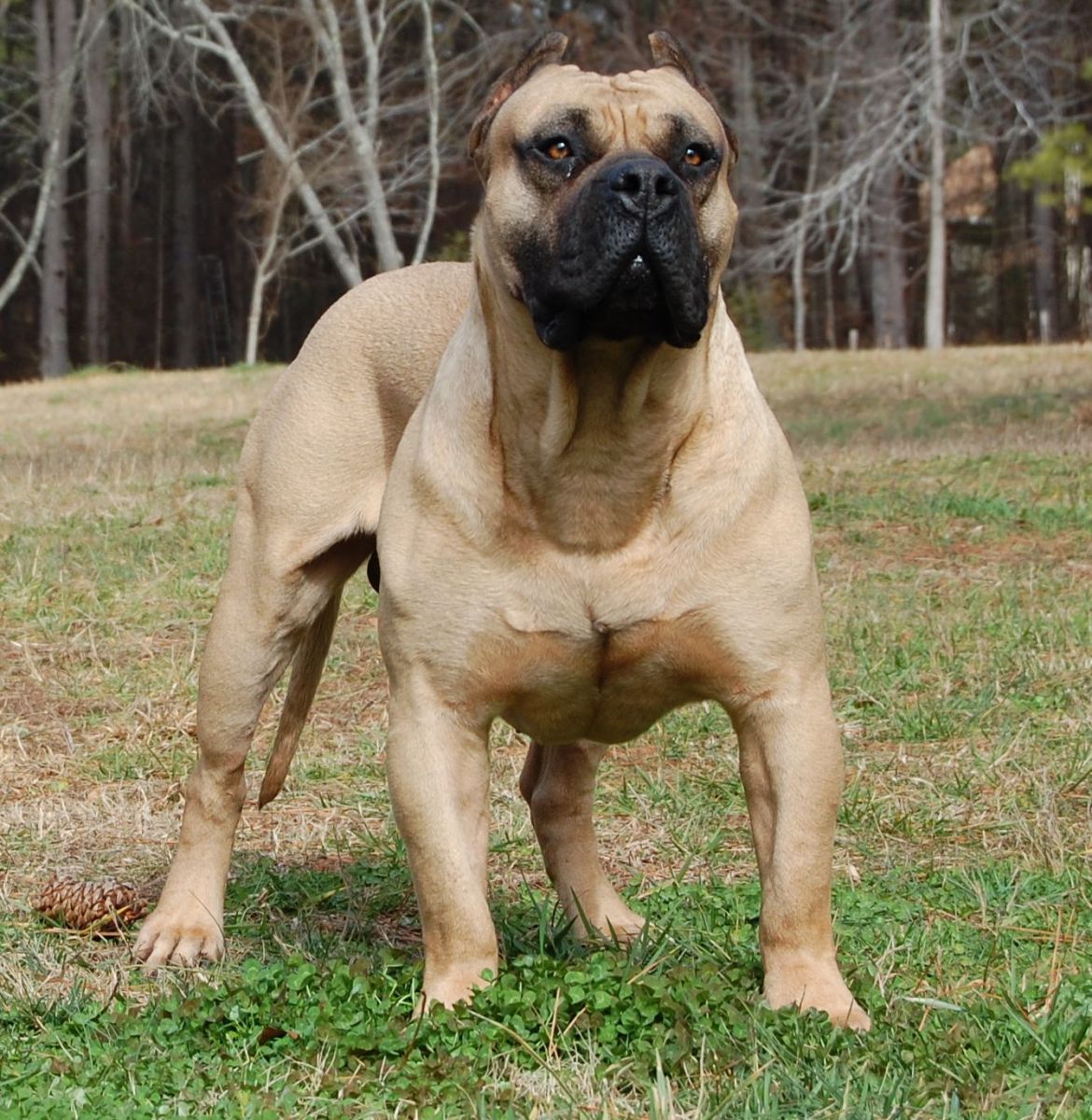
Given that all affected dogs in this case study were research-naïve (that is, never received any test compounds and were fed a standard certified canine diet while inhouse), we ruled out nutritional disorders and drug eruptions. Trauma or overuse-related conditions include acute moist dermatitis, acral lick dermatitis, and simple abrasions. 14 Infectious causes seen in the paw include viral (papilloma virus), 2, 12 bacterial, and fungal agents, such as Malassezia spp. Congenital and hereditary disorders of the surface and follicular epithelium in dogs include a primary keratinization disorder, follicular parakeratosis, canine benign familial chronic pemphigus, epidermolysis bullosa, and familial canine dermatomyositis. Conditions affecting the paw-pad surface typically can be divided into 3 main categories: congenital or hereditary, infectious, or traumatic. The cases we present here involve young beagles with constantly moist, soft paw pads with no other presenting signs. However, the frequency of sweating and the circumstances under which sweating occurs in dogs is unclear.

#A dogs purpose dog breed skin
Evaporation of this secretion on the surface of the skin aids in thermoregulation. 14 They secrete a watery product that is hypotonic to plasma. 14 Eccrine glands are unbranched, tubular in form, and open directly onto the surface of the skin. In dogs, apocrine glands are the major type of sweat gland, and the distribution of eccrine sweat glands is limited to the footpads and nose. In addition, paw pads in dogs are one of the few locations that contain eccrine sweat glands. The digital pads, on the plantar surface of the dog's foot, are specialized skin with a heavily keratinized epidermis and thick submucosal adipose layer, which provides additional protection and cushioning to these weight-bearing surfaces. 14 The relative prominence of these components may vary depending on the anatomic location and amount of pressure or friction applied during normal use. Skin consists of the epidermis, basement membrane, dermis, appendageal system (hair and sweat glands), subcutaneous muscles, and fat. The histologic and clinical features were most consistent with those of hyperhidrosis to our knowledge, this report is the first description of hyperhidrosis as a distinct condition in purpose-bred beagle dogs.

We describe the morphologic features of a distinctive cutaneous canine footpad condition and discuss the possible differential diagnoses.

:max_bytes(150000):strip_icc()/GettyImages-155729726-d87386e1ae2c4fe6928a679138d59a72.jpg)
Histopathology of several sections of affected footpads was compared with that of an age-matched dog with clinically normal paw pads. Here, we report the results of physical examination, clinical chemistry analysis, hematology, histopathology, detailed observations, and novel testing techniques performed during the acclimation period. No information was available regarding the epidemiology and pathogenesis of this pad condition in beagle dogs. During acclimation period physical examinations, the affected dogs demonstrated constantly moist, soft paw pads on all 4 feet. This case study details the unusual clinical findings in a unique paw-pad disorder that recently emerged among 2 male and 1 female naïve purpose-bred beagle dogs ( Canis familiaris) newly received into our facility.


 0 kommentar(er)
0 kommentar(er)
